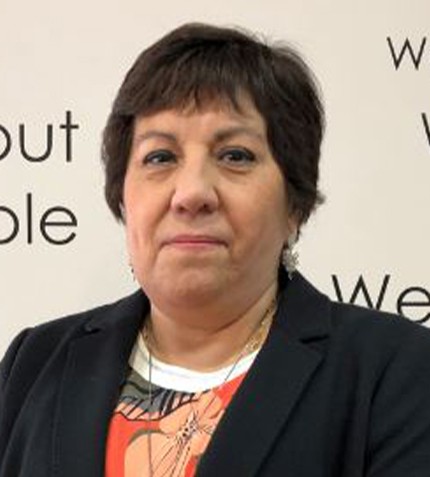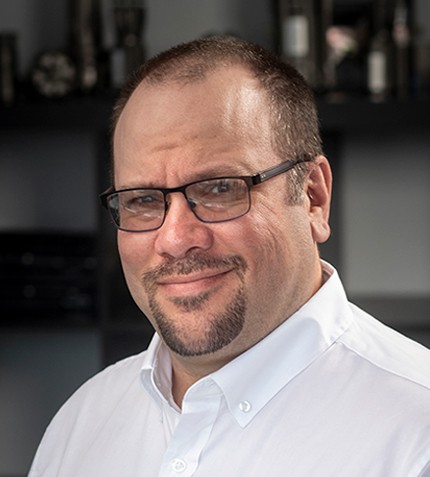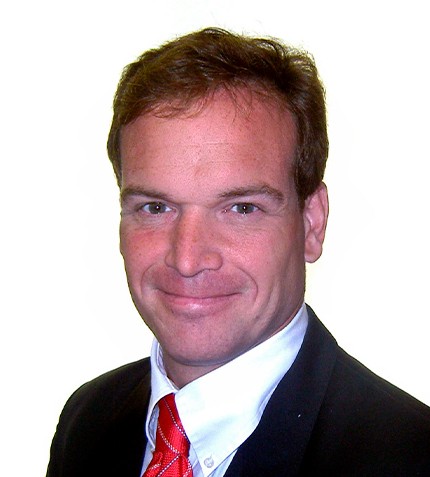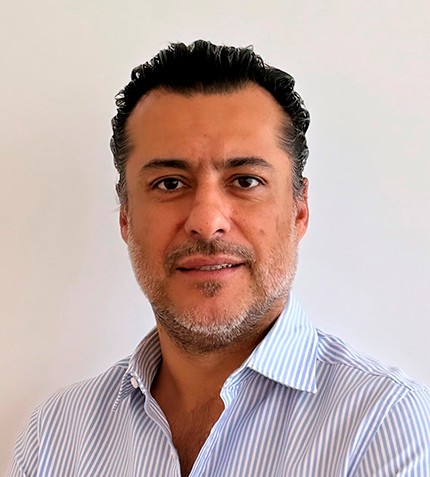
"I observe two main issues that are driving demand for our services: first, water management, and second, mine closure, because a growing number of mines in Chile are in the last phase of their life cycle."
Rosario Urrutia
COUNTRY MANAGER, STANTEC
Can you introduce Stantec?
Stantec has been operating in Chile for seven years after acquiring MWH Global in 2016, and provides three groups of services for mining companies: engineering, environmental, and permitting. Some of our solutions are specifically related to water and tailings management, but we cover a wide range of solutions for the mining industry.
What areas have experienced higher demand?
Chile is in a phase where there is a lack of new projects, so we are focusing on expanding, upgrading, or revising current projects. Specifically, I observe two main issues that are driving demand for our services: first, water management, because mining companies must optimize their water consumption in times of prolonged drought; and second, mine closure, because a growing number of mines in Chile are in the last phase of their life cycle. There are more demanding requirements for mine closures today compared to when the mines started operations.
How has the permitting process evolved in the last few years?
At the beginning of some projects, there were no environmental regulations. Regulations were gradually incorporated over many years, and we are still in a process of adaptation. There is still great concern among the population about the negative effects of mining projects, and many project rejections, even though they meet the requirements, are due to fears and prejudices; it is generally believed that the environmental and social costs of mining are higher than the benefits. For this reason, we are working hard to give mining projects a more sustainable perspective.
Can you describe Stantec’s strategy to reach net zero?
For some years, we have been preparing sustainability reports in which we set goals in this regard annually. With the pandemic, emissions were reduced, but with the return to face-to-face activities, our carbon increased again. Our goal is to maintain pandemic levels of emissions. To achieve this, we are certified to the ISO standards for quality, environment, and safety.
We developed Net Zero Mining – a holistic service offering that helps mining companies meet their Environmental, Social and Governance (ESG) obligations. Through this service we help our clients to reduce energy demand and utilize clean sources of energy, as our experts guide them on their paths to net zero emissions.
However, it is not a simple journey. Mining companies have to go against the industry-wide preference for being “first to be second” and plan to integrate technologies and processes that are not yet widely accepted or perhaps commercially available. That’s where we come in. We constantly see a lot of requests to help clients figure out how to implement technologies to move forward towards their net zero goals.
To aid with this, we have strong technical knowledge of several disciplines, like water management, for example, where we have worked on desalination plants to reduce water waste and avoid impacting surrounding communities.
We’re happy to say that our efforts, both internally and with our clients, have borne fruit. Stantec has ranked #7 in the world, and #1 in our peer grouping on Corporate Knights’ Global 100 Most Sustainable Companies, making this list for the fourth year in a row. For context, companies in the Global 100 represent the top one percent in the world for sustainability performance.
We’re also being recognized as a climate leader by the CDP (formerly the Carbon Disclosure Project) with an A- score for the fifth consecutive year. This ranking assesses climate strategy, governance, emissions management and reductions progress.
What steps do you take to center inclusion?
We have established gender and inclusion committees at Stantec to promote inclusion and equity, focusing on gender. We have also formed alliances with companies that address these issues, such as "Working Women," and we plan to attract female and young employees from universities. We seek to include women in our company, taking a gender perspective into account. For example, we implemented special measures to support mothers or pregnant women. All these efforts have translated into the best inclusion indicators; in Chile, about 42% of our workforce are women. Stantec also supports other social sectors that were historically excluded, such as people with disabilities. In addition, thanks to teleworking, we have hired employees from other regions outside Santiago, which is also an essential component of inclusion.










